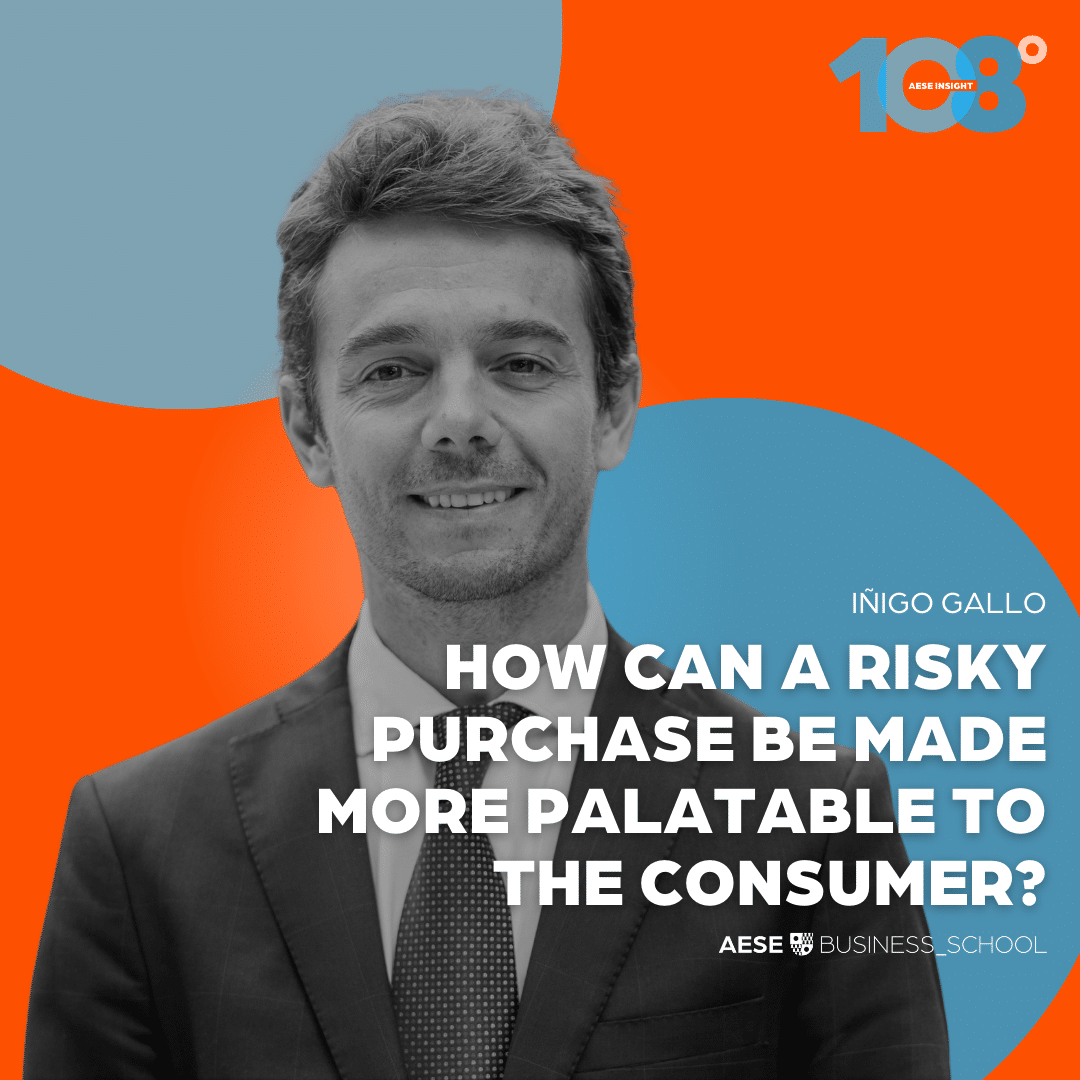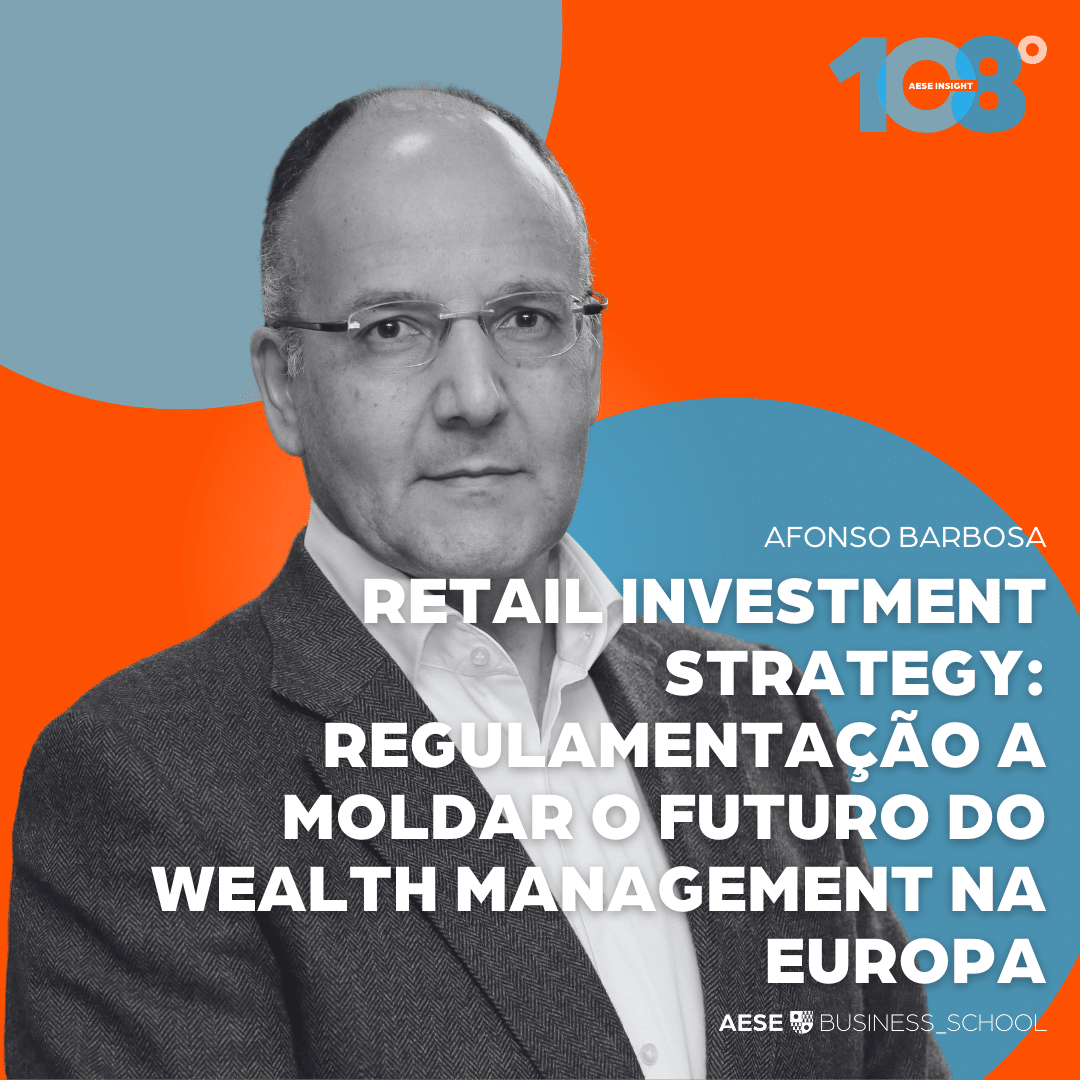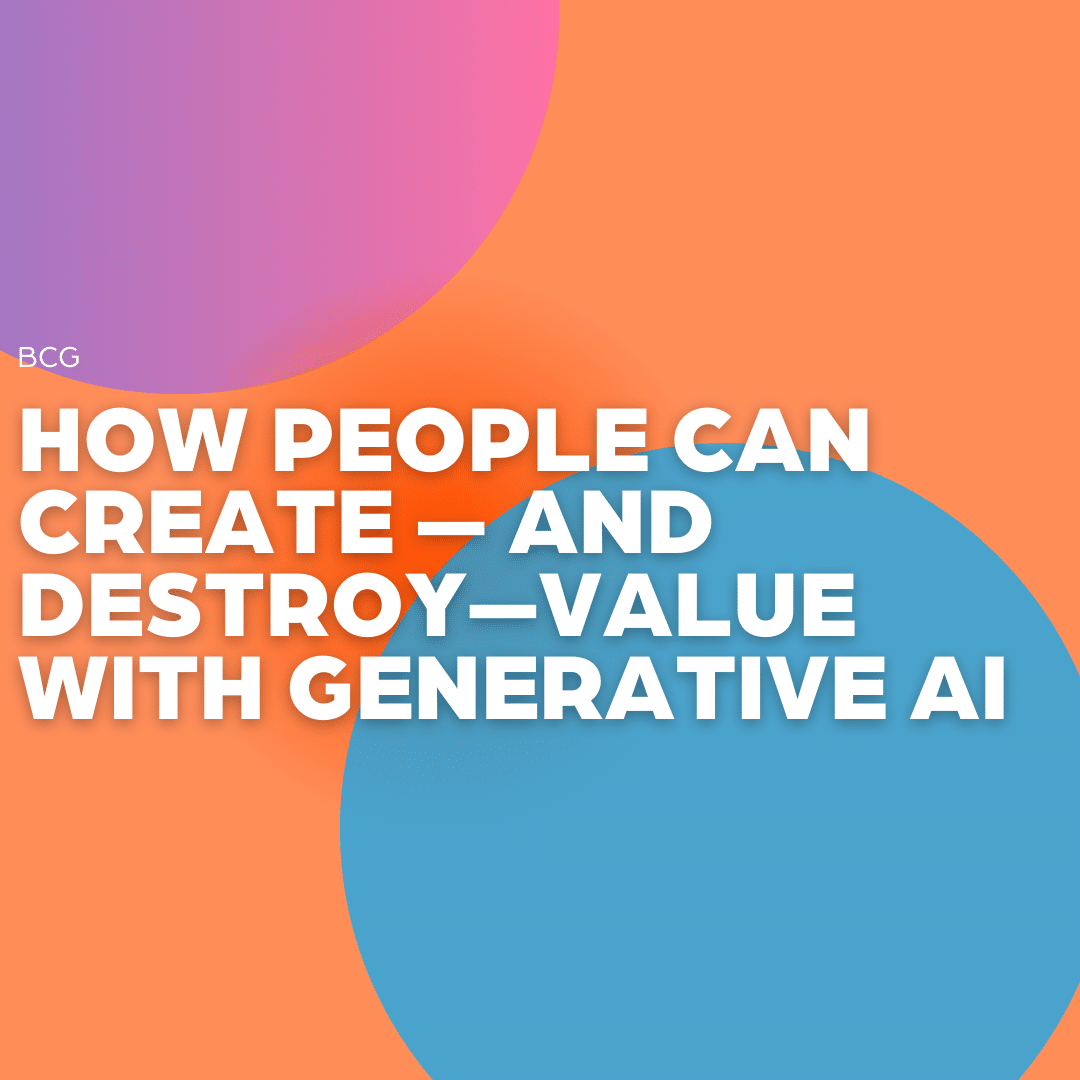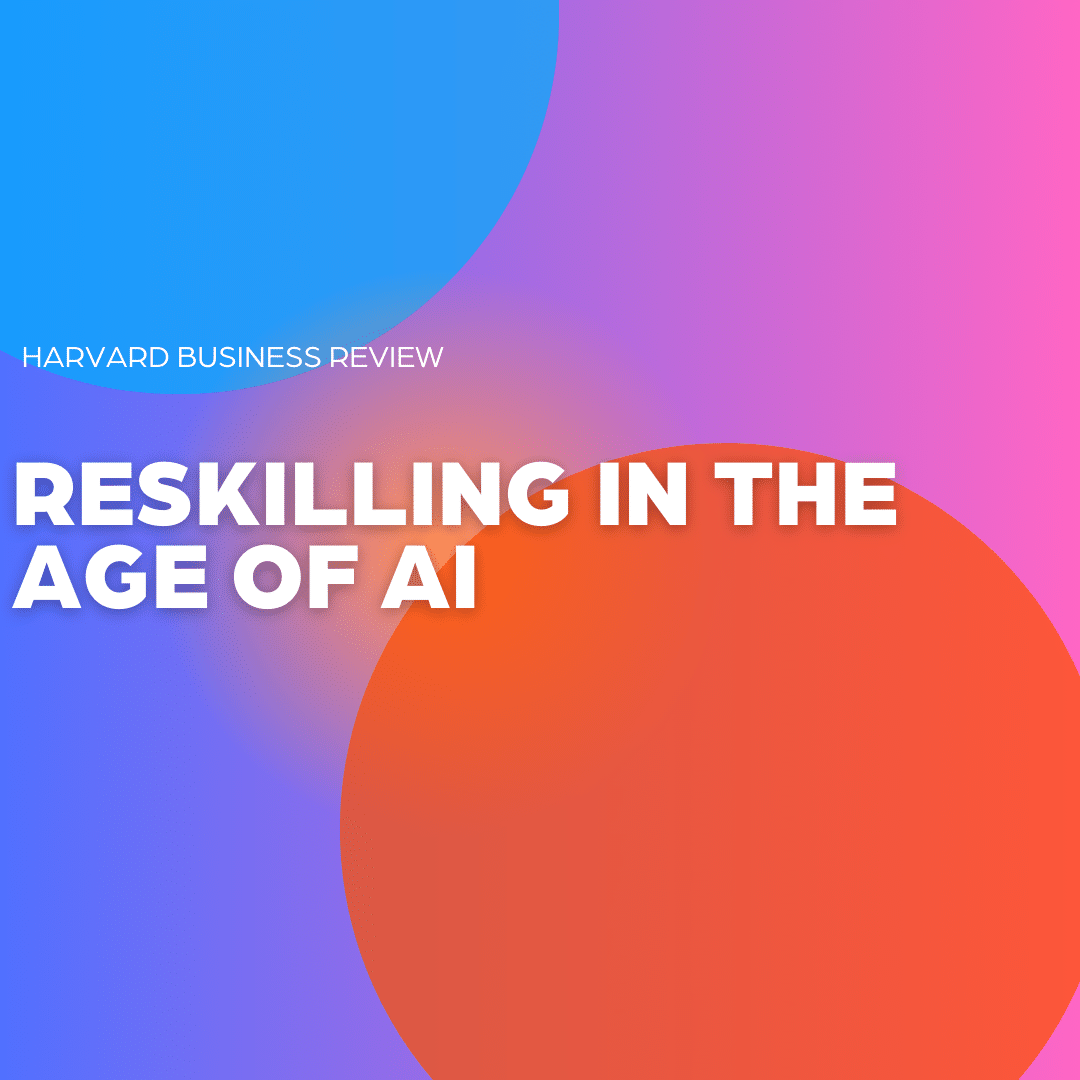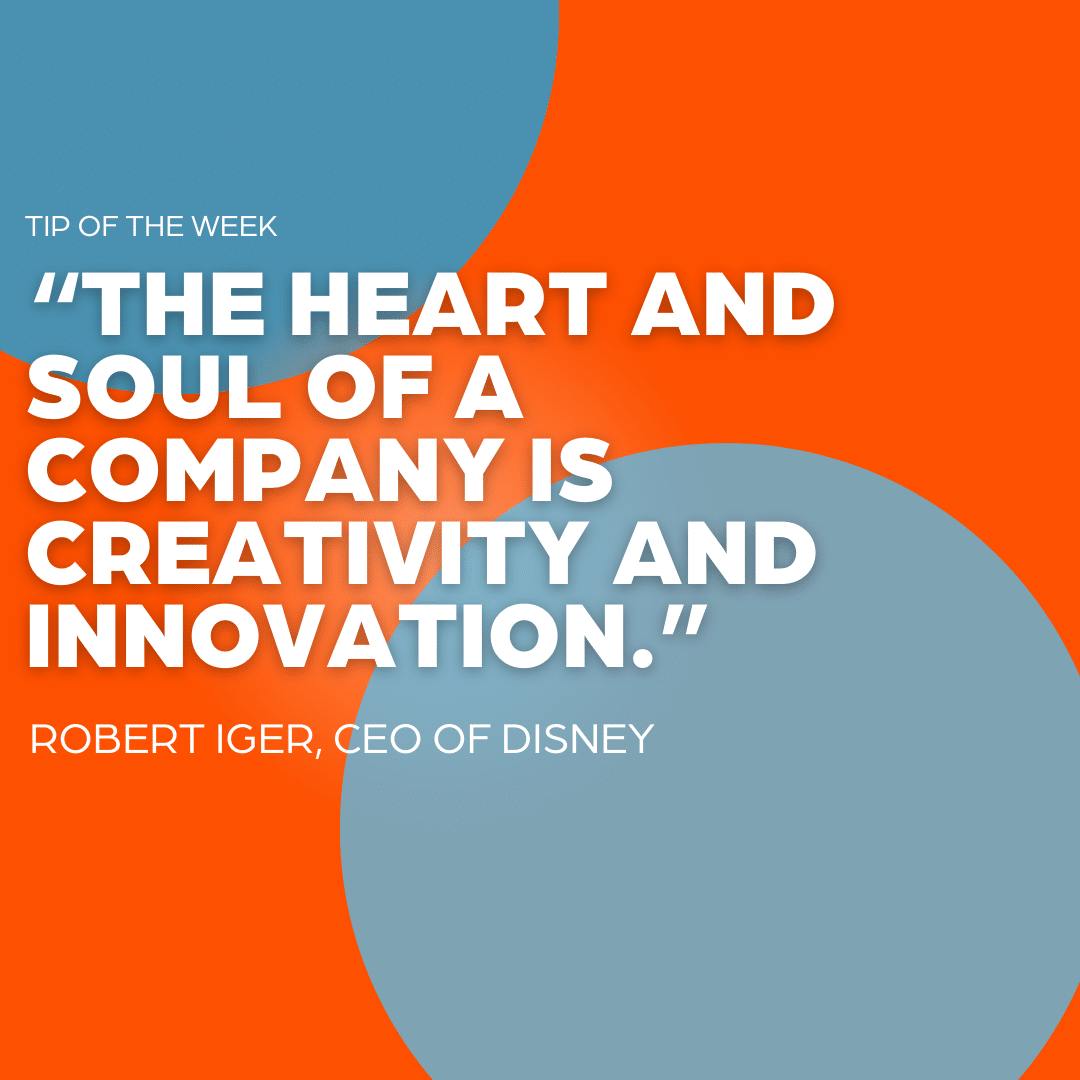How can a risky purchase be made more palatable to the consumer?
Iñigo Gallo
Associate Professor in the Marketing Department at IESE Business School
Buyers’ attitude to risk may depend on whether a product is marketed as experiential.
People like to know what they’re getting. It’s a maxim of consumerism that we tend to take for granted. The apotheosis of this is perhaps McDonald’s, whose standardized burger takes the element of surprise out of eating globally.
Reducing uncertainty is especially important with significant material purchases. Anyone who has bought a new mobile phone or car knows the efforts that go into making a decision — from word-of-mouth recommendations to test spins to trawling through online customer reviews.
But experiential purchases work differently, according to research by IESE professor Iñigo Gallo and coauthors Chadwick J. Miller, Nasir Haghighi and Thomas D. Gilovich. They found that consumers have a much higher tolerance for risk and uncertainty when it comes to buying “experiences.” In fact, they may even find some risk a little bit exciting.
The allure of the unknown
Most people, most of the time, want to avoid uncertainty. There is individual variation — some people are more risk-averse than others, and age and gender can play a role. Context too: Airbnb clients might be open to uncertainty about the host, for example, but not about cleanliness or safety.
Regardless, overall a majority of people tend to like being certain of what they buy and tend to dislike surprises.
What this research team found, though, is that the opposite may be true for purchases that are experiential. While no one wants to be surprised by their new phone — they want to know how big the screen is, how powerful the camera is, and so on — a hotel or a weekend vacation may be different. Consider the company Pack Up + Go, which makes this uncertainty a unique selling point by offering three-day trips to mystery destinations. Throughout the research, the authors confirmed that products and services that are experiential (think travel) lend themselves to greater risk-tolerance than those that are material (a car).
Why are people more willing to take a risk on experiences? Some of it is the time-limited nature of them. A poor decision on a computer will leave you regretting it for years, whereas a three-day trip is just that, three days of your life.
Beyond this, experiences, by their nature, are less tangible, more multidimensional and less predictable than material purchases, all of which primes the consumer to tolerate a certain amount of uncertainty.
And when an experience is both likely to be positive and easy for the consumer to visualize, the authors find that risk isn’t just tolerated, it becomes desirable.
When planning a hike, for instance, there are several uncertainties: the weather, the views and what might happen along the way. Such uncertainty actually adds to the allure of the event before it happens — and even afterward, when the experience is recalled.
Consider the last time you told an anecdote about your holiday. You may be surprised to find that you derived more joy from recounting the things that went mildly wrong or took a turn for the unexpected than the things that went exactly to plan.
Advertisers, take note: reframing products as experiences can convince the risk-averse
As more and more people change their focus from buying things to doing things, such findings can be helpful to marketers in sectors such as entertainment, tourism and hospitality. Striking the right balance between certainty and uncertainty, and highlighting the unknowns, can make experiential purchases more attractive.
The findings can also be of use to those selling material products that are deemed uncertain or risky — perhaps due to expense or reliability. For risky material products, framing them as “experiences” could increase a consumer’s likelihood to engage with them.
Some are already on to this — think of Apple ads that tend to highlight the lifestyle aspects of their products, which are priced considerably higher than the competition’s. Luxury car brands, like Audi and Range Rover, likewise emphasize the freedom to drive and the emotional pull of the brand, rather than the product specificities. And fast fashion has trained a generation of consumers to focus on the experiences they will theoretically have in this clothing — meaning consumers will take risks by favoring fun over quality.
By considering new trends in consumer behavior — such as “liquid consumption” and “NOwnership,” which are based on access to a product or service rather than owning it — many categories that were traditionally material purchases can be more easily framed as experiential.
Article published on IESE insight >>
About the research
The authors analyzed Google apps and ratings mentioning uncertainty to test whether experiential or material framing resulted in better reviews according to the experimental or material nature of the app.
Read more by Iñigo Gallo on selling experiences to connect with consumers.
Retail Investment Strategy: regulamentação a moldar o futuro do wealth management na Europa
Afonso Barbosa
Professor de Contabilidade Financeira, Contabilidade de Custos, Sistemas de Planeamento e Controlo de Gestão na AESE
Há relação entre a COP28 e o exercício físico?
Carla Baltazar
Professora da Área de Operações, Tecnologia e Inovação da AESE Business School

